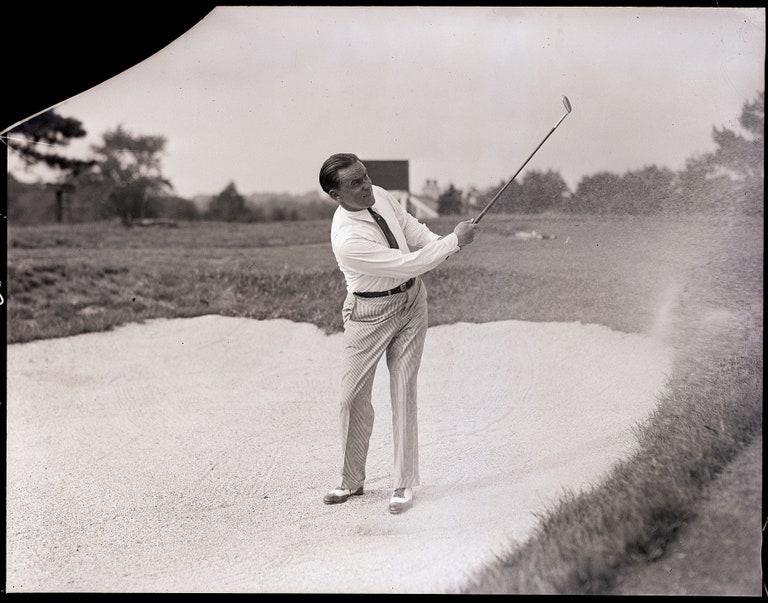
The Coronavirus pandemic has hit a giant pause button on fans being able to watch golf on TV, and in some cases, even kept people off courses. But while we hunker down and hope for a speedy return to normalcy, we can also use this time as an opportunity to learn more about the game we love. Here’s our latest installment of “Did you know?”
In 2018 the USGA announced its new playoff format, a two-hole aggregate setup, to break ties for the U.S. Open. For Billy Burke and George Von Elm, that decision came some 87 years too late. Which, in hindsight, might be good for the duo’s legacy. That's because the pair battled in the longest playoff in history—72 holes after completing the tournament’s regulation 72 holes—so given the new format, we might not be uttering their names at all.
Not that Burke and the Von Elm weren’t fine players. They just weren’t household names along the lines of Bobby Jones (who Von Elm downed in the final of the 1926 U.S. Amateur), Walter Hagen and other stars of the time as the 1931 U.S. Open got underway in early July at Inverness Club in Toledo, Ohio.
The tournament lasted long enough, so let's dispense with the first 72 holes quickly. The marathon playoff would never had materialized if not for Von Elm making a birdie at the last (after bogeys at Nos. 12, 14, 15 and 16) to forge a tie. U.S. Open playoffs used to be 18 holes, but for reasons unknown to any sane person, in 1928 the USGA upped the overtime to 36 holes.
Did you know: Augusta National's nines were once reversed
The first 36 holes of the playoff saw the kind of golf that today would be better reserved for a club championship final than a major championship. Burke took a two-shot lead with a morning-round 73. He then stretched the margin to four shots after Von Elm bogeyed the fifth in the afternoon. Burke, however, bogeyed the next three holes while Von Elm birdied them to flip it to a two-shot lead for Von Elm.
By the time they reached the 15th, they were tied. Burke made bogey but Von Elm doubled. Coming to 18, Burke still had the lead, but Von Elm birdied the 325-yard par 4 to produce matching 149 totals for the 36 holes. It wasn’t exactly Bob Tway holing out to stun Greg Norman, but it did mean the duo got to do it all over again the following day.
After 18 holes the next day, Von Elm led by a shot after carding a 76. But Burke managed to grab the lead at the 14th hole of the afternoon session and then came the crusher. Von Elm botched a two-footer for par on the 16th handing Burke a two-shot lead. That was enough of a “cush,” as Tiger would say. Von Elm missed a six-footer for birdie at 17, allowing Burke to make a three-putt bogey at the last and still win. After 144 holes and 1,179 strokes in 90-degree heat, it was finally over.
By the way, no I am not old enough to have witnessed all this first-hand. However, the Pittsburgh Post Gazette has a terrific hole-by-hole account of the playoff.
One could forgive Burke if he was tempted to light up a victory cigar after such an exhausting few days. Fact is, he needed no such encouragement. Reports from the time say he smoked north of 30 stogies during the tournament.
For their efforts, Burke took home $1,750 and Von Elm $1,000—including a $750 playoff bonus for the winner and $250 for the runner-up. You know, the equivalent of tip money today.
The lengthy playoff also caused the USGA to re-think the rules for ties. The following year it was back to an 18-hole playoff (with another 18 if still tied). In the 1950s, it became sudden death if tied after 18 extra holes, but that wasn’t needed until Hale Irwin got crazy at the 72nd hole at Medinah Country Club and started high-fiving everyone in sight.
Writers were probably cursing Irwin and bemoaning having to stay another day for the 18 holes and what turned out to be sudden death afterward. To those, we would only say it could have been worse. You could have been covering Billy Burke and George Von Elm in 1931.

